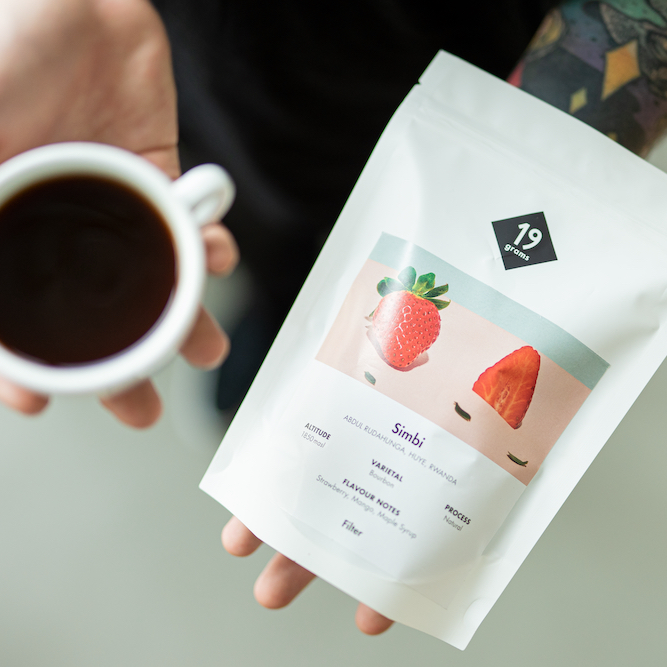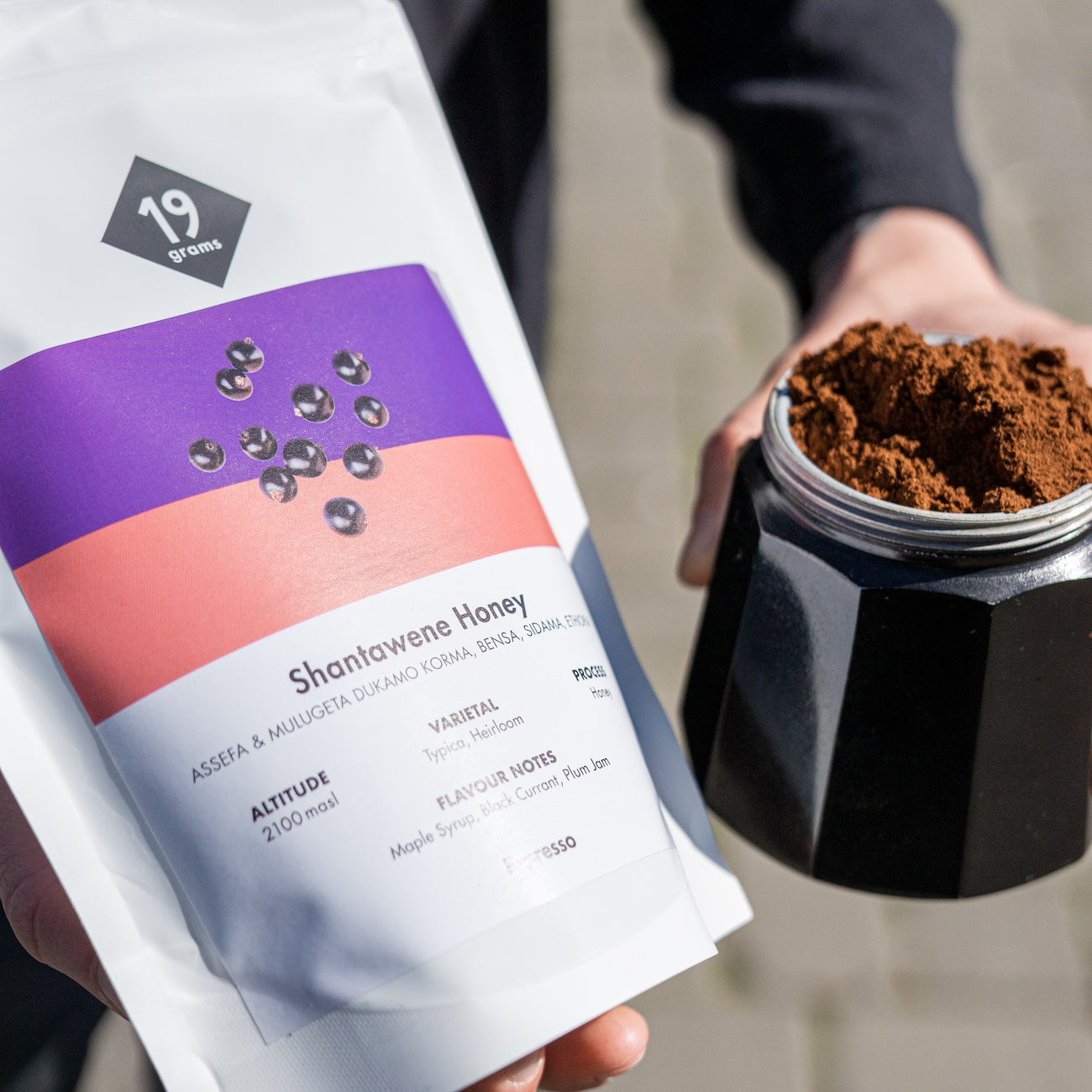The term 'provenances' refers to the origin of coffee and comes from Latin. It encompasses the concept of the coffee's origin, including the place of production, the main hub or the region where it was discovered. In addition, the term can also refer to specific qualities of coffee. In the coffee industry, provenance is used to classify coffee beans according to their specific growing regions. It is important to note that a coffee can come from different provenances if it is a blend, where beans from different provenances are mixed.
The provenances of the coffee have a significant impact on its characteristics. Even beans from the same coffee variety can have different flavours. This variation is influenced by factors such as climate, soil quality and altitude of the growing area. Because of the different conditions in different provenances, the taste of roasted coffee can vary greatly. In fact, certain coffees have such distinctive characteristics that consumers can identify the specific growing region or country of origin by taste alone.
Blending coffee from different provenances is common practice. These blends, known as 'blends', serve different purposes. They can be produced for cost reasons or to ensure a consistent quality and flavour profile. By combining coffee beans from different provenances, the unique flavours of each provenance complement and harmonise with each other, resulting in a balanced composition. However, blending reduces the ability to taste the specific characteristics and flavours of each provenance in the final product. A coffee blend can contain beans from different provenances and in some cases even include up to eight different provenances.





